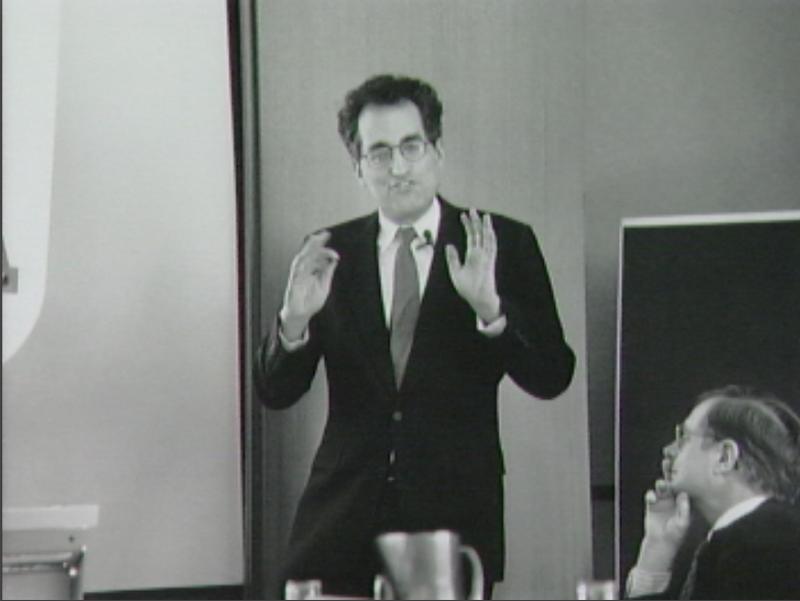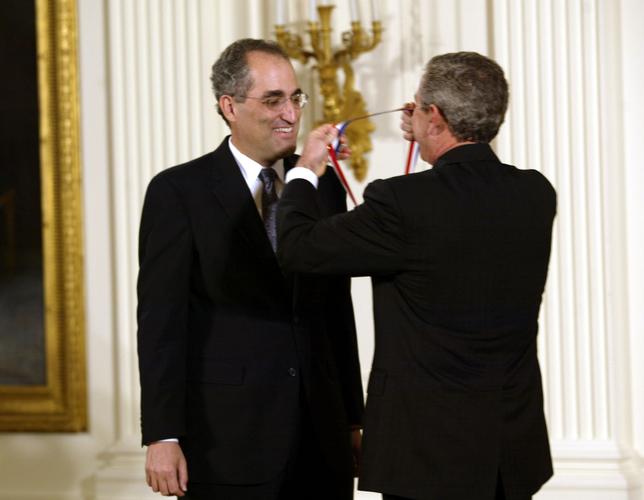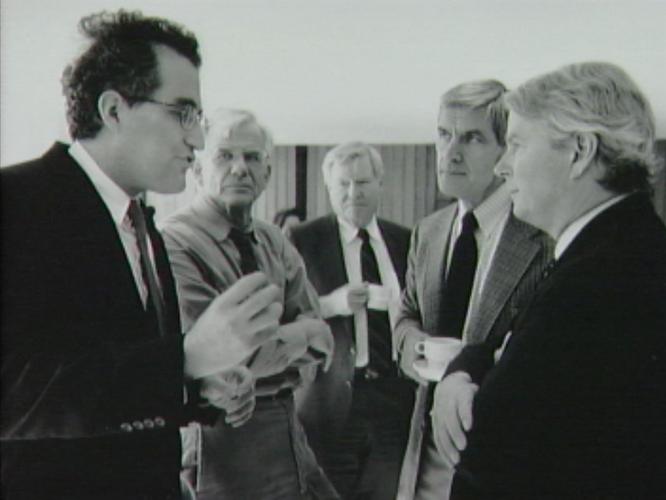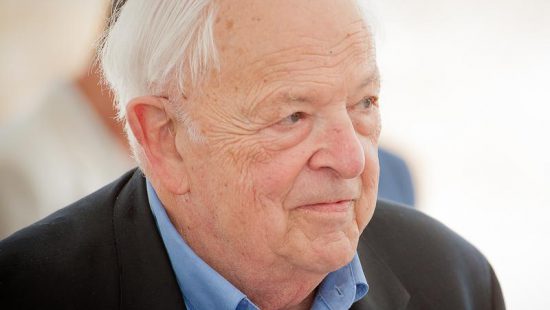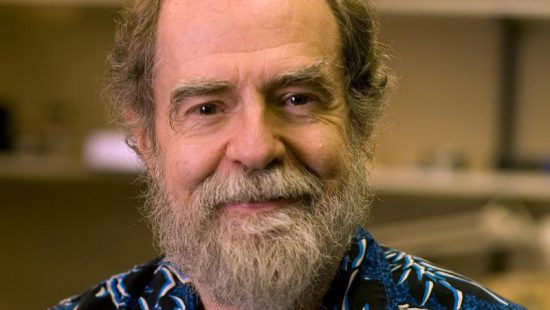While Edward Witten’s entry into the field of physics was late, his rise was meteoric. Witten, a theoretical physicist at Princeton University, graduated with a bachelor’s degree in history from Brandeis University in 1971, intending to become a journalist, and briefly studied economics at the University of Wisconsin—Madison. In 1973, he enrolled at Princeton, found his way to the physics department, and received his Ph.D in 1976. By 2004, according to TIME Magazine, Witten was generally considered the greatest theoretical physicist in the world.
Witten has been one of the most important figures in string theory, which unifies all known forces in the universe by positing that matter and energy is made up of infinitesimal, one-dimensional vibrating strings. In a speech at a string theory conference in 1995, Witten unified the five competing string theories that existed at the time into a “theory of everything” called M-theory, by arguing that each string theory in reality offered different perspectives on the same observations. Witten’s notable contributions also include his work to refine and prove Einstein’s theory of general relativity, and his deft use of mathematics to chart the topology of spacetime.
By Jeremy Gordon

